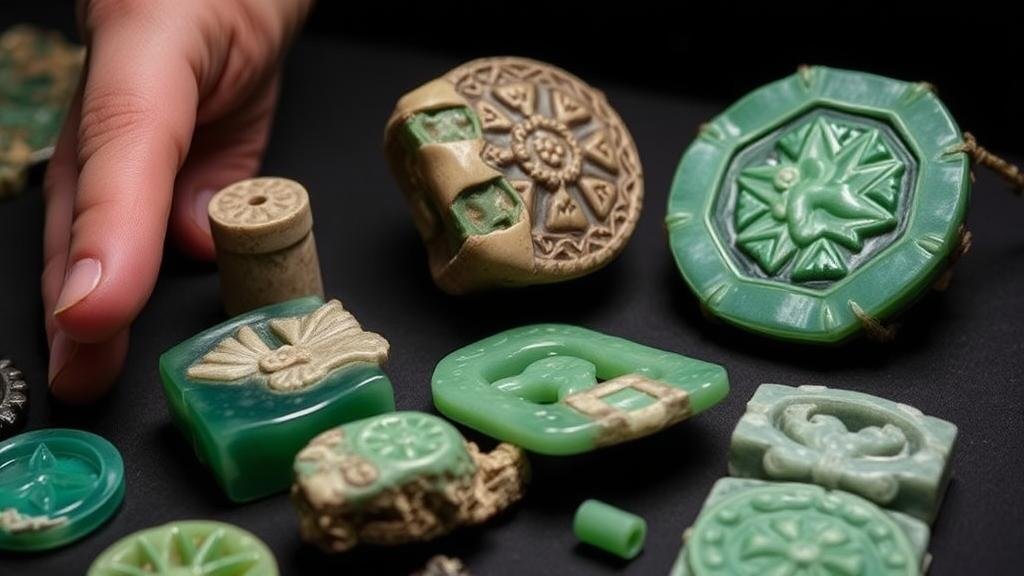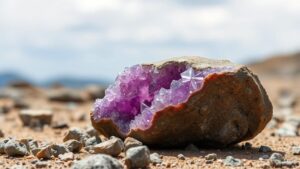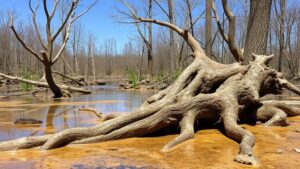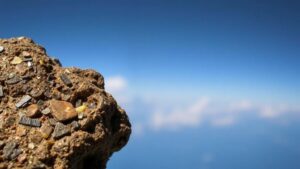Searching for jadeite artifacts in Central America, used extensively by the Maya civilization.
Searching for Jadeite Artifacts in Central America
The allure of jadeite has captivated collectors and enthusiasts for centuries, especially in its historical context as a revered material among the ancient Maya civilization. Central America, particularly the regions of modern-day Guatemala and Honduras, serves as a backdrop for discovering these remarkable green gemstones. This article explores the significance of jadeite to the Maya, provides insights for rockhounds and mineral collectors, and offers practical advice for those venturing into the realm of jadeite hunting.
The Historical Significance of Jadeite
Jadeite, a rare mineral belonging to the pyroxene group, differs from nephrite and is prized for its vibrant colors, primarily green and blue-green hues. Maya civilization, which thrived from 250 to 900 AD, held jadeite in high esteem. Artifacts made from this gemstone were often associated with status and power, signifying fertility and life due to its connection to the earth.
Statistical analysis shows that jadeite artifacts unearthed from archaeological sites demonstrate a variety of craftsmanship, ranging from small beads to intricate ceremonial masks. Notably, the Mayan city of Copán yielded over 87 significant jadeite artifacts during excavations in the 20th century, all providing insight into the artistic abilities and social hierarchies of the Maya.
Geological Locations for Jadeite
Rockhounds and mineral collectors interested in jadeite should target specific geological formations found predominantly in Central America. Notable locations include:
- Motagua River Valley – Situated in Guatemala, this river is a major source of jadeite, flowing through regions rich in this mineral. The volcanic activity in this area contributes to the high concentration of jade deposits.
- Los Altos Region – Also in Guatemala, this mountainous area offers abundant jadeite extraction sites scattered across the landscape.
- Honduran Jungle – The dense forests of Honduras, particularly in the Olancho region, reveal hidden caches of jadeite, often buried through centuries of sediment.
Collecting Jadeite: What to Look For
For both collectors and rockhounds, identifying authentic jadeite is crucial. Here are key characteristics to distinguish quality jadeite:
- Color – Genuine jadeite exhibits a vivid green hue, although lighter shades and other colors (like lavender) can be found. Darker hues typically indicate lower quality.
- Translucency – High-quality jadeite should be somewhat translucent. Performing a light test by holding the stone against a bright light can reveal this characteristic.
- Texture – Look for a smooth, fine texture; rough surfaces may indicate lower-quality stones.
Practical Tips for Rockhounds
When planning a jadeite hunt, consider the following practical tips:
- Research Local Regulations – Always check local legislation regarding gemstone hunting. Some areas may require permits or impose restrictions.
- Collaborate with Local Experts – Engaging with local guides or geologists can enhance your understanding of the terrain and increase your chances of finding quality jadeite.
- Proper Gear – Equip yourself with tools like a rock hammer, chisel, and safety goggles, as well as good hiking boots for navigating rough terrain.
Real-World Applications of Jadeite
The significance of jadeite extends beyond mere aesthetic appeal. Within modern contexts, jadeite is used for:
- Jewelry Making – Artisans worldwide create exquisite jewelry from jadeite, appreciating its cultural relevance alongside its beauty.
- Decorative Artifacts – Museums and collectors value jadeite sculptures and carvings, often depicting mythological themes relevant to the Maya.
Conclusion: Actionable Takeaways
As you embark on your journey to discover jadeite artifacts in Central America, remember the historical significance of this gem and the cultural legacy of the Maya civilization. Equip yourself with knowledge, recognize quality jadeite through careful inspection, and understand the regulations surrounding collection activities. By following these guidelines, collectors can appreciate the natural beauty of jadeite while also preserving its invaluable historical narratives.



